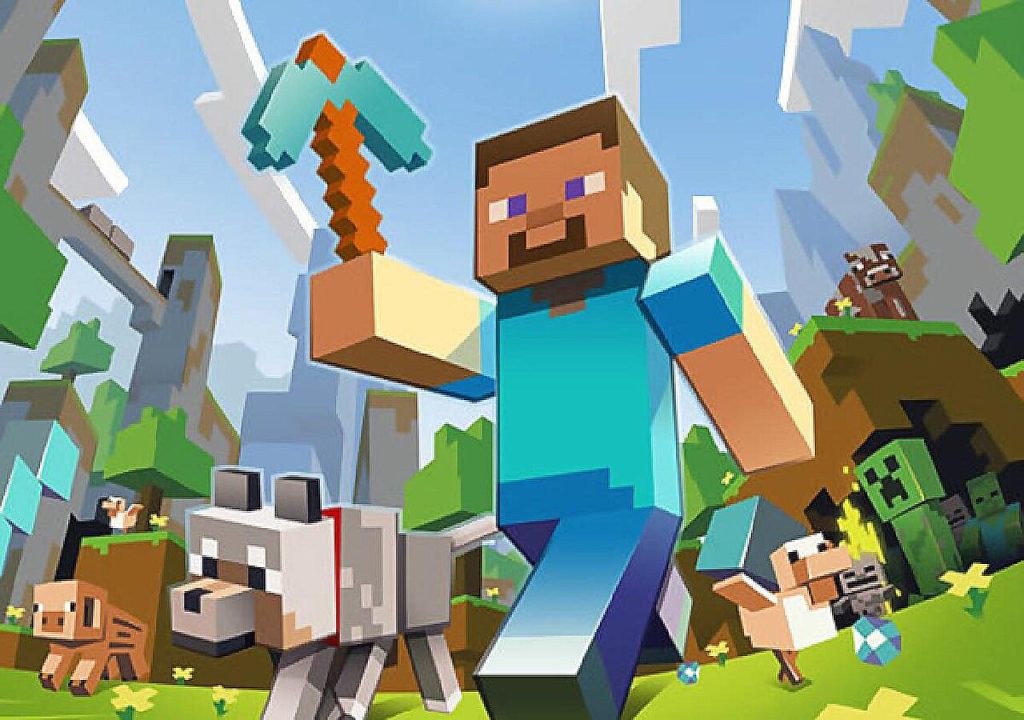Minecraft is not just a game; it’s a cultural phenomenon that has captured the hearts and minds of players around the world. From its humble beginnings as an indie game developed by a small team in Sweden to becoming a global sensation with millions of players, Minecraft has become a cultural icon that transcends boundaries and generations.
The game was first released in 2009 by developer Markus Persson, also known as Notch. What started as a simple sandbox game where players could build and explore virtual worlds using block-like graphics quickly gained a massive following due to its creativity and player-driven gameplay. The game’s open-ended nature allowed players to express themselves in ways never before seen in a video game, leading to the creation of intricate and detailed structures, worlds, and even entire cities.
One of the reasons for Minecraft’s success is its accessibility. The game’s simple graphics and intuitive gameplay mechanics make it easy for players of all ages to pick up and play. Whether you’re a seasoned gamer or a casual player, Minecraft offers something for everyone. Its creative mode allows players to build freely without any restrictions, while survival mode adds an element of challenge by requiring players to gather resources and fend off enemies.
But it’s not just the gameplay that has made Minecraft a cultural icon; it’s also the sense of community and collaboration that the game fosters. Players can join multiplayer servers to play with friends or strangers from around the world, working together to create epic structures and projects. The game’s emphasis on cooperation and teamwork has led to the creation of countless virtual communities, where players come together to share their creations, ideas, and experiences.
Minecraft’s impact goes beyond the virtual world; it has also influenced popular culture in a variety of ways. From merchandise and spin-off games to movies and books, Minecraft has become a brand unto itself, with a dedicated fanbase that spans across different mediums. The game’s iconic characters, such as Steve and Creeper, have become recognizable symbols in popular culture, appearing in memes, fan art, and even mainstream media.
In addition to its cultural influence, Minecraft has also been praised for its educational value. Many schools and educators have used the game as a teaching tool, using its creative and interactive elements to engage students in subjects such as math, science, and history. Minecraft’s block-based building system has been particularly useful for teaching concepts such as architecture and urban planning, allowing students to design and build their own structures in a virtual environment.
Minecraft’s impact on popular culture can also be seen in the rise of YouTube and Twitch gaming channels dedicated to the game. Content creators such as PewDiePie and CaptainSparklez have amassed millions of followers by creating videos and livestreams of their Minecraft adventures, showcasing their creativity and skills to a global audience. These channels have helped to further popularize the game and inspire a new generation of players to pick up the virtual pickaxe and start building.
In 2014, Microsoft acquired Mojang, the company behind Minecraft, for $2.5 billion, solidifying the game’s status as a cultural icon. Since then, the game has continued to evolve and grow, with new updates and features being added regularly to keep players engaged and excited. The game’s success has even led to the creation of Minecraft-themed events and conventions, such as Minecon, where fans can come together to celebrate their love for the game.
In conclusion, Minecraft has become a cultural icon through its creativity, accessibility, and sense of community. Its influence can be seen not only in the virtual world but also in popular culture, education, and media. As the game continues to evolve and grow, it will likely remain a beloved and iconic part of gaming history for years to come. Whether you’re a seasoned player or a newcomer, Minecraft offers a world of endless possibilities and adventures waiting to be discovered.

